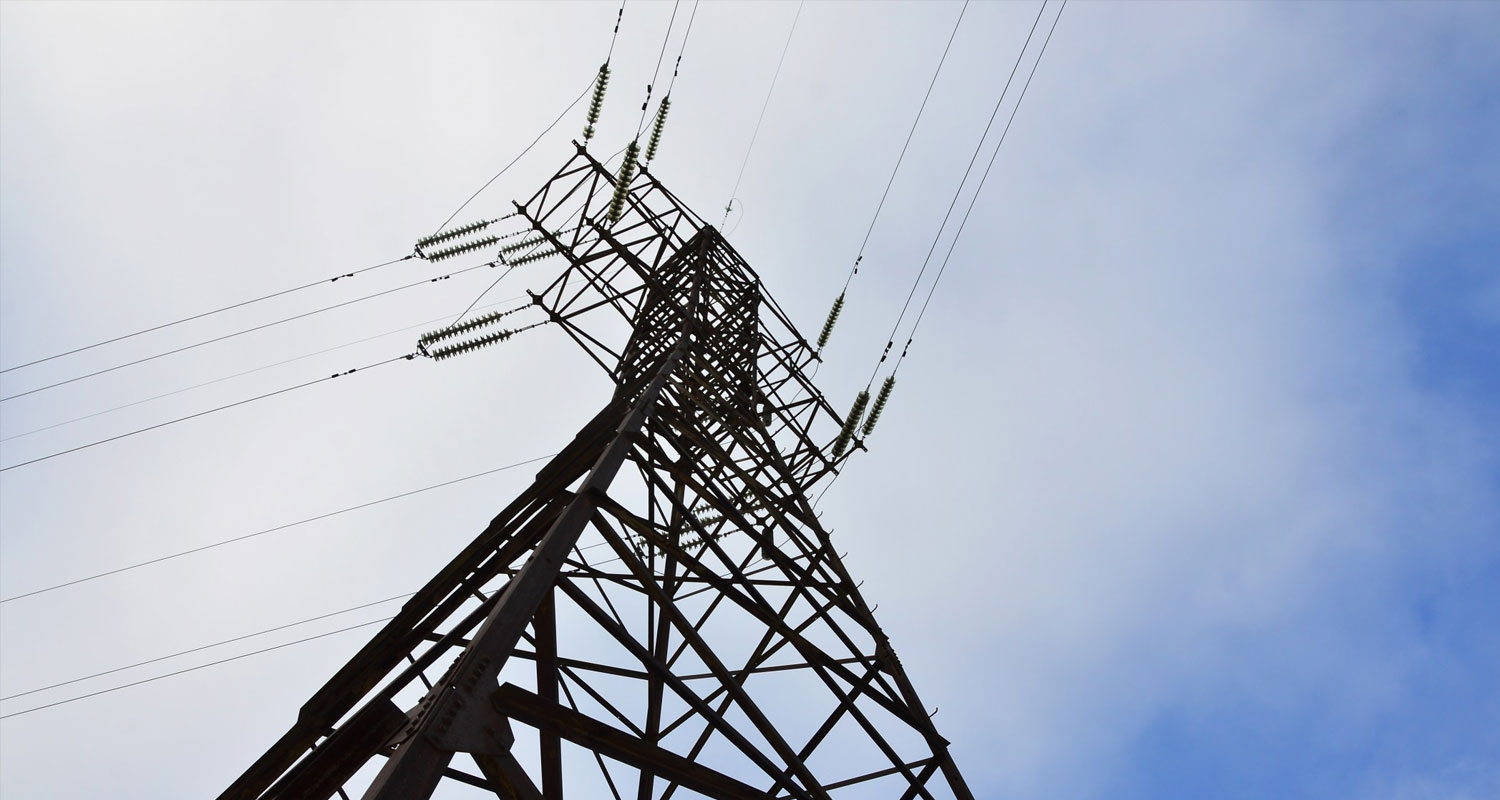 A powerful cold front, which has caused temperatures to plummet across South Africa, has forced Eskom to escalate load shedding to include daytime cuts.
A powerful cold front, which has caused temperatures to plummet across South Africa, has forced Eskom to escalate load shedding to include daytime cuts.
This is according to Jan Oberholzer, Eskom’s chief operating officer, who was briefing the media on the energy supply situation on Wednesday afternoon.
Earlier on Wednesday, Eskom announced it would ramp up rolling national power cuts due to increased demand and further breakdowns in its ageing and unreliable fleet of coal-fired power stations.
Rolling national power cuts are now being implemented daily from 5am to midnight, a situation that will continue until at least Sunday. Oberholzer warned that if there are any further breakdowns, the intensity of the load shedding could be increased to stage 3, or even higher, during the evening peak periods.
He said Eskom is experiencing high demand during the morning peak and “extremely high” demand during the evening peak due to the colder weather.
The utility has made extensive use of diesel-burning open-cycle gas turbines (OCGTs) and pumped-storage schemes since last week to avoid load shedding.
However, it has used these backup tools so extensively in the past week that it was burning diesel faster than it could be replenished while the pumped-storage dams couldn’t be filled up over the long weekend, even though demand was lower.
Wind, at the wrong time
It will now use the OCGTs and pumped-storage schemes to try to keep load shedding to stage 2 during the evening peaks, but this may not be enough to prevent an escalation to stage 3 or higher, especially if there are further plant breakdowns, Oberholzer said.
Independently owned wind generation plants in the Western and Eastern Cape provide additional power to the grid when cold fronts pass the country, but by the time the cold weather reaches Gauteng (usually a day or two later), the wind in the southern parts of the country — where the wind farms are located — has already subsided. This means wind isn’t contributing meaningfully to the grid when demand from Gauteng, South Africa’s economic hub, is at its highest.
Since the beginning of Eskom’s financial year, on 1 April, Oberholzer said Eskom has burned through 217 million litres of diesel in its OCGTs. “It is a massive, massive volume,” he said. – © 2022 NewsCentral Media




